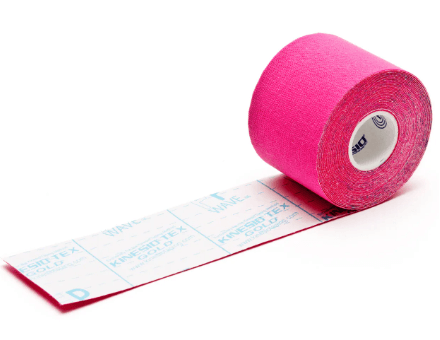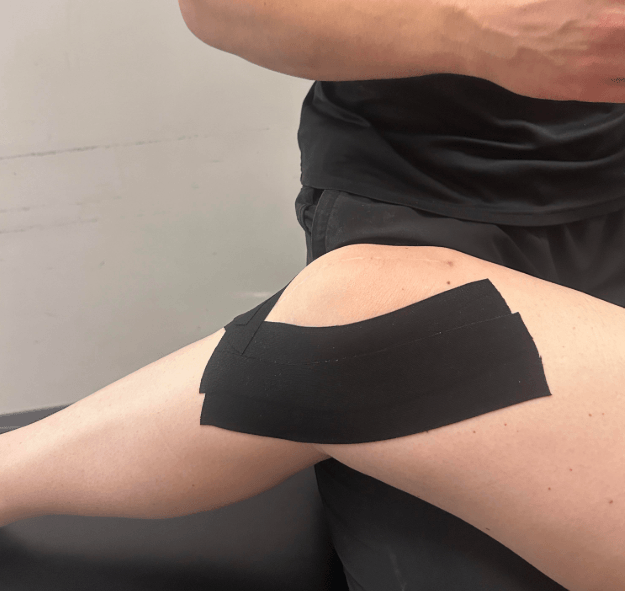Kinesiology tape, often called “kin tape,” has become a familiar sight on athletes, fitness enthusiasts, and even people recovering from everyday injuries. While it might look like colorful athletic tape, it works in a very different way. Kin tape is designed to support muscles and joints without limiting movement. When applied correctly, it can help manage pain, improve circulation, and speed up recovery. At Pain Free Health Clinic, we use kin tape as part of many treatment plans to help patients return to their daily activities more comfortably.

Unlike rigid athletic tape, kin tape is elastic and can stretch up to 40 to 60 percent of its original length. This elasticity allows it to move with your skin and muscles instead of locking them in place. When applied to the skin, the tape gently lifts the skin away from the underlying tissues. This small lift creates space for better blood flow and lymphatic drainage. Improved circulation helps reduce swelling and inflammation, which can make movement less painful.
Kin tape can also provide sensory feedback to your brain. By stimulating nerve receptors in the skin, it can remind your body to maintain better posture or reduce unnecessary muscle strain. This is why many people notice less discomfort when they have kin tape applied.

At Pain Free Health Clinic, a trained physiotherapist will assess your condition and decide if kin tape is right for you. The skin should be clean and dry before application. The tape is cut into specific shapes and applied with the right amount of stretch, depending on the goal. For swelling, the tape is applied in a fan pattern to encourage fluid movement. For muscle support, it is applied along the length of the muscle fibers.
The tape is water-resistant, so you can shower or sweat without worrying about it falling off right away. Most applications last three to five days before they need to be replaced.
While kin tape is safe for most people, it is not suitable for everyone. People with certain skin sensitivities, open wounds, or deep vein thrombosis should avoid it. That is why it is important to have it applied by a healthcare professional who understands when and how to use it.
Kinesiology tape is more than just a sports accessory. It can be a valuable tool for managing pain, reducing swelling, and supporting recovery. When combined with physiotherapy and other treatments, kin tape can help you move more comfortably and heal more effectively. If you are dealing with pain, swelling, or muscle strain, visit Pain Free Health Clinic in South Surrey. Our team can assess your needs and apply kin tape in a way that supports your body and your recovery goals.
References
Callaghan, M. J., & Selfe, J. (2012). The use of Kinesio Taping in the management of sports injuries: A systematic review. Physical Therapy in Sport, 13(4), 224-230. https://doi.org/10.1016/j.ptsp.2012.05.002
Williams, S., Whatman, C., Hume, P. A., & Sheerin, K. (2012). Kinesio taping in treatment and prevention of sports injuries: A meta-analysis of the evidence for its effectiveness. Sports Medicine, 42(2), 153-164. https://doi.org/10.2165/11594960-000000000-00000